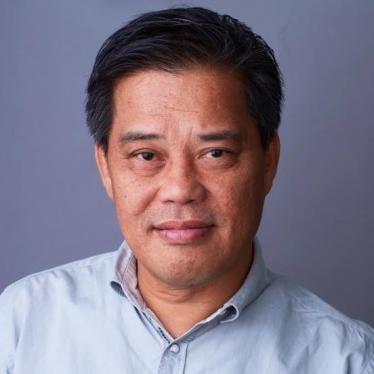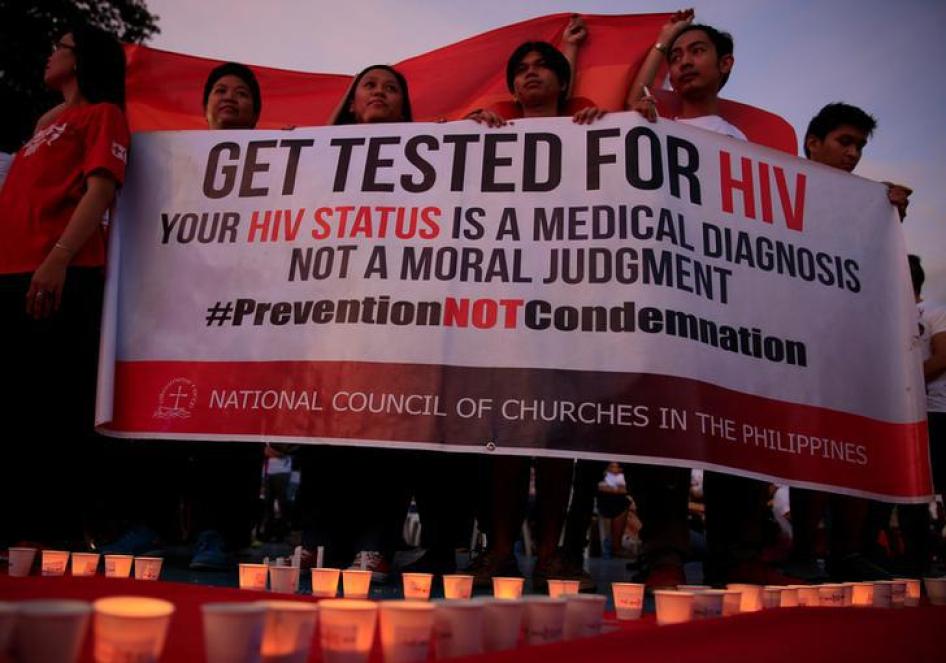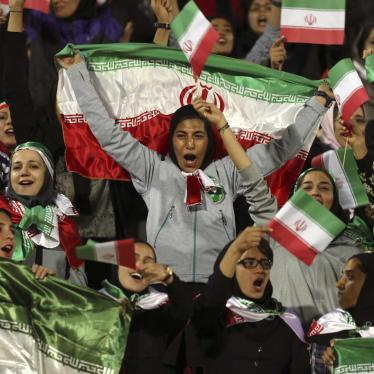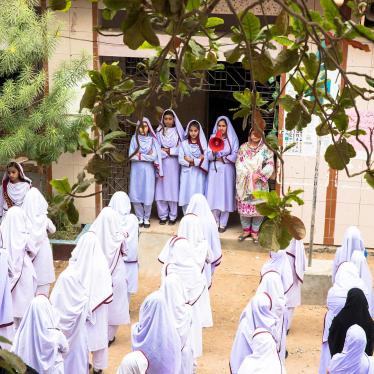The Philippines’ human immunodeficiency virus (HIV) epidemic is a “national emergency,” the head of the AIDS Research Group of the health department’s Research Institute for Tropical Medicine (RITM) said on Monday.
Dr. Rossana Ditangco warned that the government’s current approach to the epidemic means that “we can’t control the rapid rise of HIV infection.”
Ditangco is no fear-monger. The latest statistics from the UNAIDS’ 2017 report indicates the rate of HIV infection in the Philippines has become the highest in the Asia Pacific region. That data demonstrates that in 2016, 83 percent of new infections in the Philippines occurred among men who have sex with men and transgender women who have sex with men. The sharp rise in new HIV infections in the Philippines since 2010 stands in sharp contrast to decreasing or stagnant rates of new infections in other parts of the Asia-Pacific region. Philippine Department of Health data indicates that the country’s HIV infection rate grew by 140 percent from 2010 to 2016, with two out of three new HIV infections among 15 to 24-year-old men who have sex with men.
Secretary of Health Paulyn Jean Rosell-Ubial has responded to this data, by declaring the country’s HIV epidemic “one of the top health priorities” and sharing plans to increase funding for antiretroviral treatment. Government health experts advocate a “treat all” approach, under which anyone who tests positive for HIV will immediately be offered treatment, irrespective of their immune system status. The health department also intends to “scale up” its community-based HIV screening by promoting testing and other services such as risk-reduction and HIV awareness counseling in so-called “high burden areas”—areas with high numbers of new infections.
But amid these official expressions of concern, the government continues to delay the roll out of proven low-tech and low-cost interventions that can address the spread of HIV among men who have sex with men. Instead, it should immediately implement the recommendations from a recent Human Rights Watch report and remove current official obstacles to condom access and usage as well as ensure that schools include safer sex and HIV prevention education in the curriculum. The government should also reactivate harm reduction programs targeting injecting drug use, particularly in Cebu City. Likewise, the government needs to step up its efforts to eliminate stigma and discrimination, which are key factors in discouraging or preventing key affected populations being tested or treated.
The worsening severity of the Philippines’ HIV epidemic is unquestionable. The Philippines government needs to demonstrate it’s finally willing to adequately address it.










